| Shape | Pocess | Size range | Surface | Tolerance |
| Flat Bar | Hot Rolled | Thickness: 10-400mm
Width: 200-800mm Length: 3000-5800mm |
Black;
Sandblasted |
Thickness :0-+2MM
Width:0-+5MM/0-+10MM |
| Hot Forged | Thickness: 50-500mm
Width: 50-1500mm Length: 3000-5800mm |
Black | Thickness:+2-+5MM
Width:0-+5MM/0-+10MM |
|
| Turned/Machined/Milled/Bright | Thickness :0-+2MM
Width:0-+5MM/0-+10MM |
|||
| Round Bar
|
Hot Rolled | Diameter:10-65mm
Length:3000-5800mm |
Black | 0-+2MM |
| Turned/Machined | 0-+2MM | |||
| Hot Forged | Diameter:70-700mm
Length:3000-5800mm |
Grinded | 0-+5MM/+2-+5MM | |
| Turned/Machined/Milled/Bright | 0-+2MM |
1.2316 STEEL Customization Options
- Customized surface condition: Black; Sandblasted; Grinded; Turned/Machined/Milled/Bright
- Customized chemical composition: GB, DIN, ASTM, JIS and other standard grades can be produced. Chemical composition can be customized individually.
- Customized specifications: round steel (diameter), plate (thickness, width) can be customized production.
- Specialized packaging for long term storage or extreme transportation conditions: includes spraying black paint all around, wrapping plastic film, spraying anti-rust oil, and shipping in wooden crates.
- Customized production based on samples or technical agreements.
- 1.2316 Electroslag Remelting (ESR): premium option with higher purity and isotropic properties for critical applications.
1.2316 Tool Steel Chemical Composition
| 1.2316 Tool Steel | ||||||||
| Tool Steel Grade | Chemical Composition(%) | |||||||
| C | Si | Mn | Cr | Mo | Ni | |||
| DIN/W-Nr. | X36CrMo17/1.2316 | 0.33~0.43 | ≤1.00 | ≤1.00 | 15.0~17.0 | 1.00~1.30 | ≤1.00 | |
| GB | 3Cr17NiMo | 0.28~0.35 | ≤0.80 | ≤1.00 | 16.0~18.0 | 0.75~1.25 | 0.6~1.00 | |
1.2316 Tool Steel Heat treatment process
1.Annealing
Purpose: to eliminate internal stresses generated during forging or rolling, reduce hardness, improve cutting performance, and prepare for subsequent processing and heat treatment.
Process parameters:
Heating temperature: 800-850 ℃, holding time 2-4 hours, with the furnace cooling to below 500 ℃, and then air-cooled.
Hardness after annealing: ≤ 250 HBS.
2.Quenching
Purpose: to make the steel to obtain martensitic organization, improve hardness and wear resistance.
Process parameters:
Heating temperature: 1000-1050 ℃ (commonly used 1020-1040 ℃), holding time according to the size of the workpiece to determine, generally 30-60 minutes.
Cooling: oil cooling or air cooling (for small size or simple shape of the workpiece), large workpieces can be graded quenching (in the 260-300 ℃ salt bath cooling for a period of time and then air-cooled), in order to reduce the quenching stress, to prevent deformation and cracking.
3.Tempering
purpose: to eliminate quenching stress, adjust the hardness and toughness, stable organization and size.
Process parameters:
low-temperature tempering: 150-250 ℃, insulation 2-3 hours, air-cooled, tempered hardness of 58-62HRC, for molds requiring high hardness and wear resistance.
Medium temperature tempering: 300-500 ℃, insulation 2-3 hours, air-cooled, tempered hardness of 50-58HRC, can improve the toughness, suitable for molds subject to impact load.
High-temperature tempering: 500 ℃ or more, insulation 2-3 hours, air-cooled, tempered hardness 45-50HRC, mainly for the need for higher toughness of the occasion.
4. Precautions
heating process should control the rate of heating to avoid too rapid a rise in temperature leading to workpiece surface oxidation and decarburization. Protective atmosphere heating can be used or placed in the furnace charcoal and other anti-decarburization agent.
When quenching and cooling, choose the appropriate cooling medium and cooling method according to the shape and size of the workpiece to ensure the quenching effect while reducing the risk of deformation and cracking.
Tempering must be sufficient to ensure the elimination of internal stresses to avoid mold failure due to stress release during use. For large molds or workpieces with complex shapes, multiple tempering can be used.
1.2316 Tool Steel Quality Inspection
1. Surface condition inspection
FCS factory has a very strict quality inspection team, we will carefully check the surface condition of each 1.2316 STEEL round steel and plate, to ensure that the surface of the steel is free from defects such as cracks, folding, scars, oxidized skin, pitting, scratches and so on.
2. Chemical Composition Testing
To verify that the content of alloying elements meets the standard requirements and to safeguard the basis of the mechanical properties of the material. We will let the staff use full-spectrum direct reading spectrometer to analyze multiple elements at the same time. Sampling needs to remove the surface oxidation layer, using a block specimen to stimulate the test.
3.Dimension and Tolerance Inspection
FCS factory will use professional measuring tools to inspect the dimensions and tolerances of the steel to ensure compliance with the customer's contract requirements. Corresponding gauges will be selected according to the dimensional accuracy requirements, including tape measure, high-precision vernier calipers (0.02mm), micrometers (0.001mm), and special inspection gauges. Inspection items cover: diameter, thickness, width, length, hole diameter, chamfering dimensions, etc., to ensure that the tolerances and dimensions meet the contract requirements.
4.Hardness test
Our FCS factory will use a professional hardness tester to test the hardness of steel to ensure that it meets the customer's contract requirements.
5.Ultrasonic Testing
Ultrasonic Testing Standard (UT Test Standard) is: Sep 1921-84 Class3 D/d,E/e.
FCS factory uses ultrasonic testing equipment to detect macro defects inside the material (such as cracks, shrinkage holes, inclusions, white spots, etc.), and every piece of round steel and plate will be examined by a second flaw detection test before shipment to ensure that the quality is qualified before shipment.
6.Microstructure Inspection
(1) Metallographic Analysis
FCS factory will use metallographic analysis instrument to inspect the microstructure state after heat treatment, including carbide distribution, martensite morphology, residual austenite content, etc.
(2)Grain size rating
FCS factory will use the comparative method to determine the austenite grain size by comparing the microstructure of the specimen with the standard rating chart, to ensure that it meets the customer's requirements.
1.2316 Technical Specifications
| Property | Specification | Standard/Method |
|---|---|---|
| Material Designation | 1.2316 / X36CrMo17 | DIN / EN |
| Default Supply Hardness | 280-320 HB (28-34 HRC) | ISO 6508 |
| Density | 7.7 g/cm³ | ASTM B311 |
| Thermal Conductivity | 20 W/m·K (at 20°C) | ASTM E1461 |
| Specific Heat | 460 J/kg·K | ASTM E1269 |
| Coefficient of Thermal Expansion | 11.0×10⁻⁶/K (20-200°C) | ASTM E228 |
| Young's Modulus | 215,000 N/mm² | ASTM E111 |
| Electrical Resistivity | 0.65 Ω·mm²/m | ASTM B193 |
| Corrosion Resistance | Excellent against organic acids, moderate against inorganic acids | ASTM B117 |
| Polishability | Excellent (Ra < 0.01 μm achievable) | ISO 4287 |
1.2316 Tool Steel Product Applications
Key Application Scenarios
Highly corrosive plastic molds
- Injection molds (PVC, recycled materials, fluorine-containing plastics);
- Extrusion molds (plastic pipes, chemical containers).
Precision tools
- Die casting molds, cold extrusion molds, mirror polishing molds;
- Food processing equipment parts (need to be corrosion-resistant and hygienic standards).
Mechanical parts
- Water pump shafts, compressor parts, high stress shear tools
1.2316 Tool Steel Competitive Advantage Table
1.2316 Tool Steel Pricing Structure Information
Serving the world, whole cabinet sales, factory wholesale price.
1.2316 Tool Steel Frequently Asked Questions
Q: How does 1.2316 differ from standard stainless steel?
A. 1.2316 has excellent corrosion resistance to organic acids while maintaining excellent mechanical properties and machinability. Unlike standard stainless steels, it is pre-hardened and achieves a mirror-polished quality.
Q: How does 1.2316 compare to 420 stainless steel?
A: 1.2316 has similar corrosion resistance, but has superior mechanical properties, better polishability, and is prehardened. It exhibits better dimensional stability during heat treatment and better machinability in the hardened state.

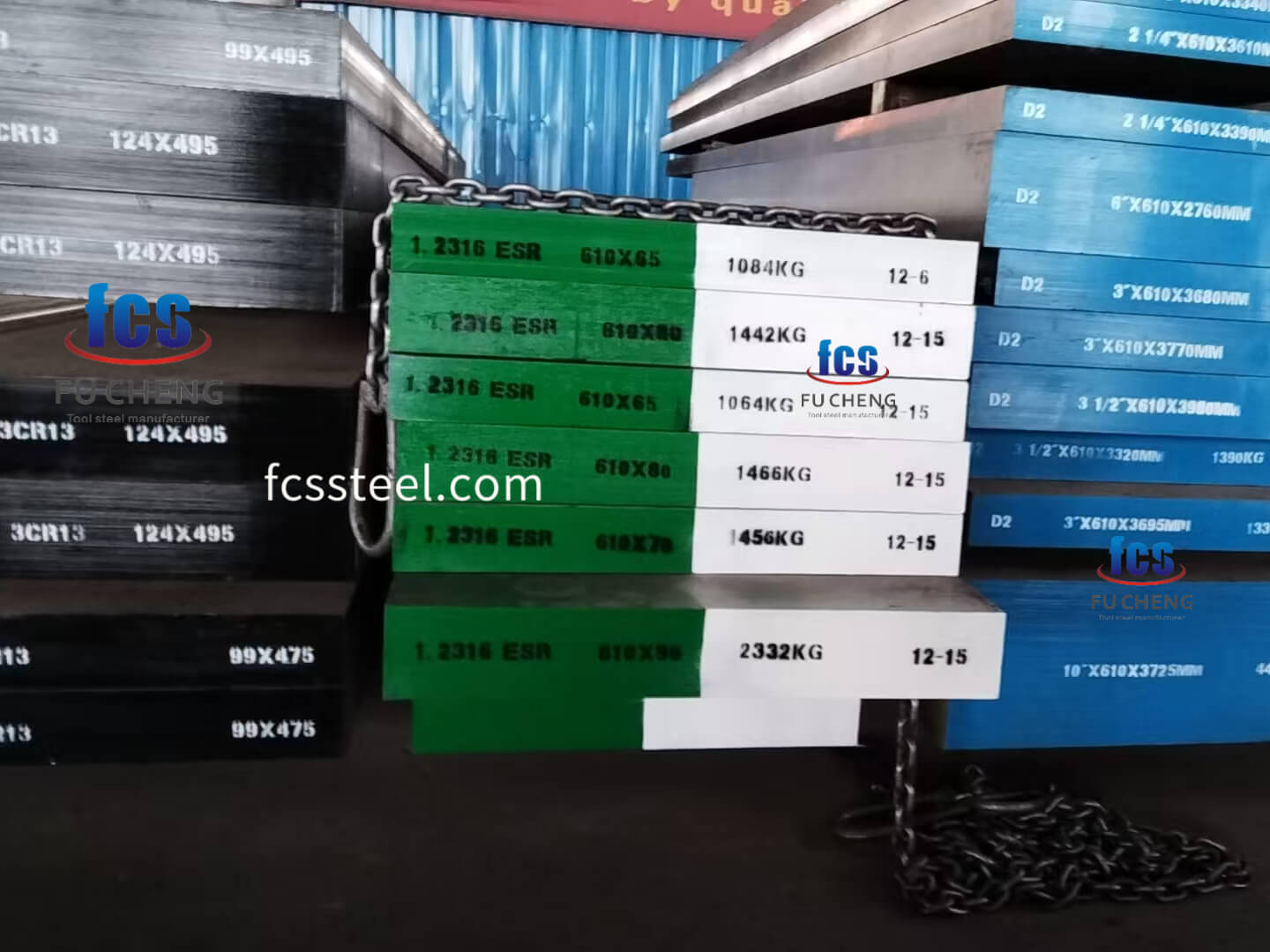
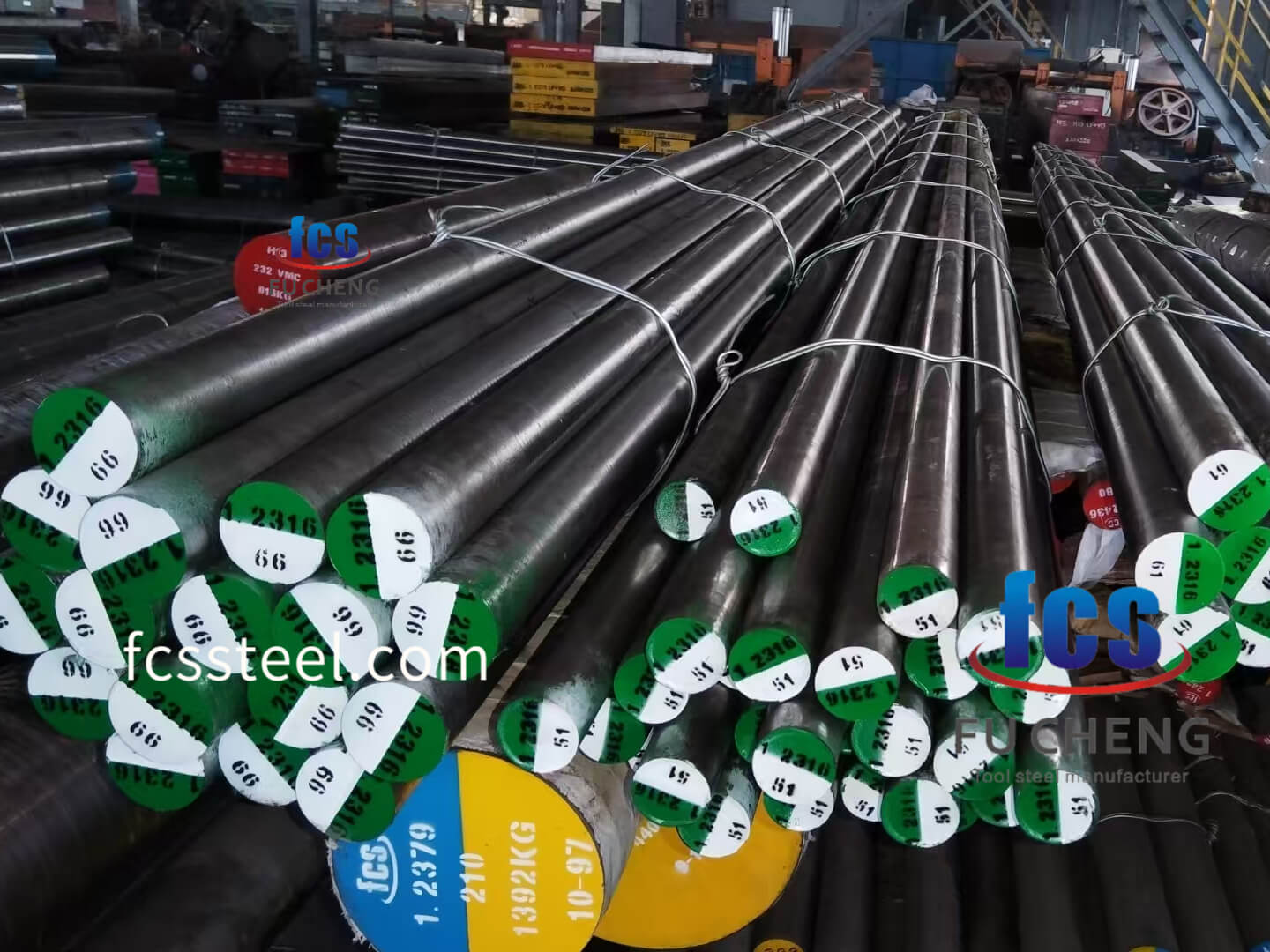
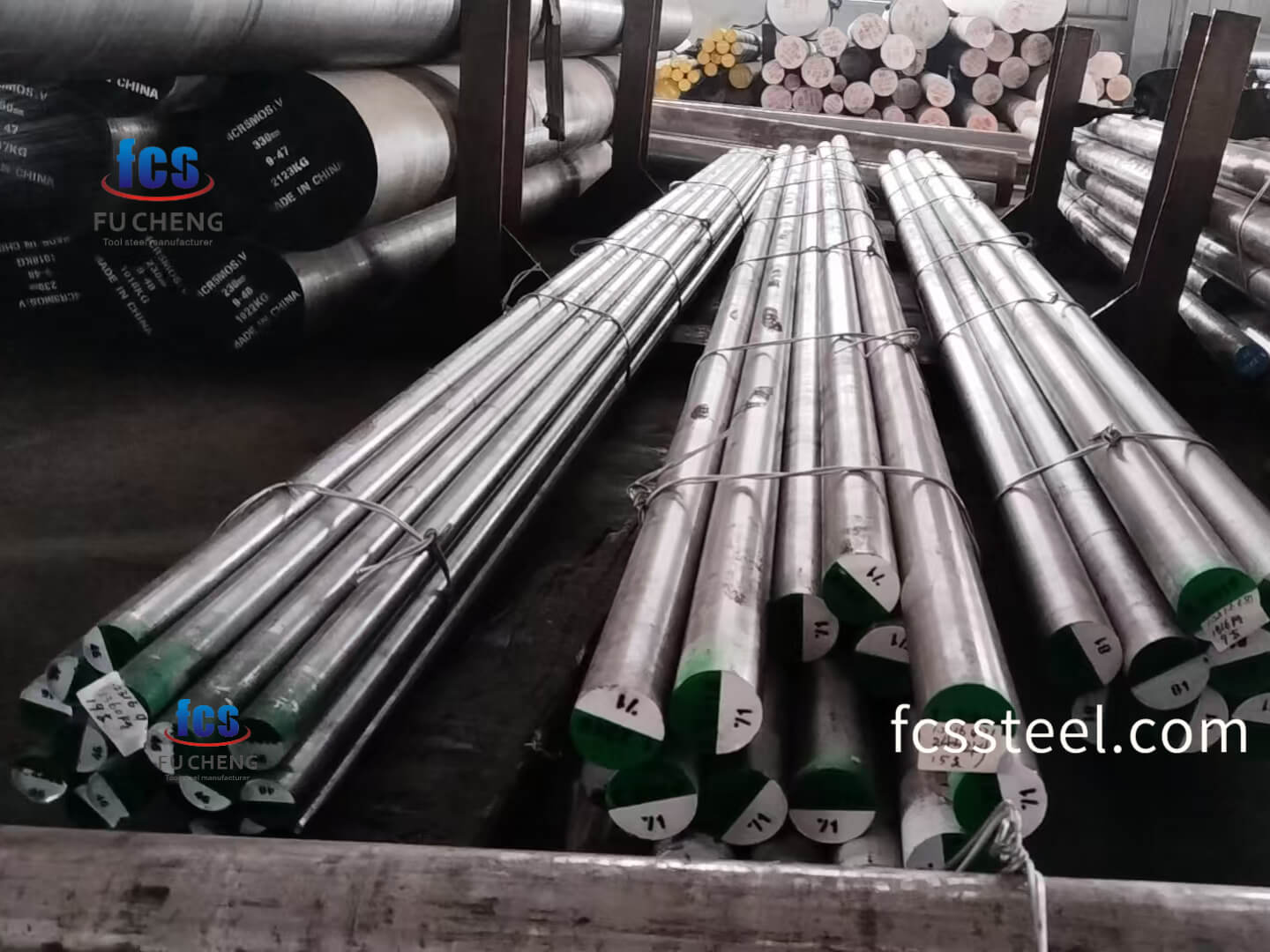
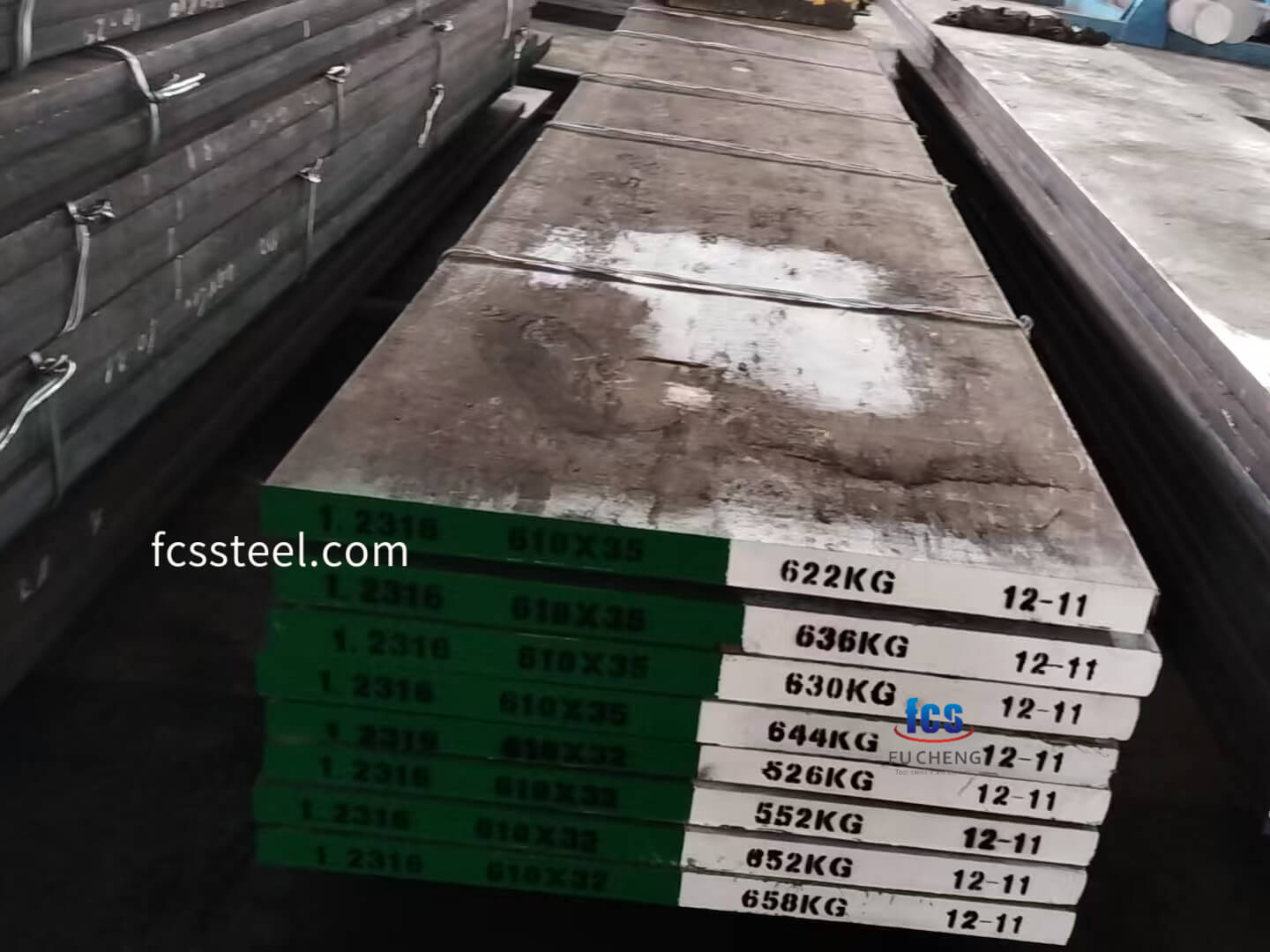
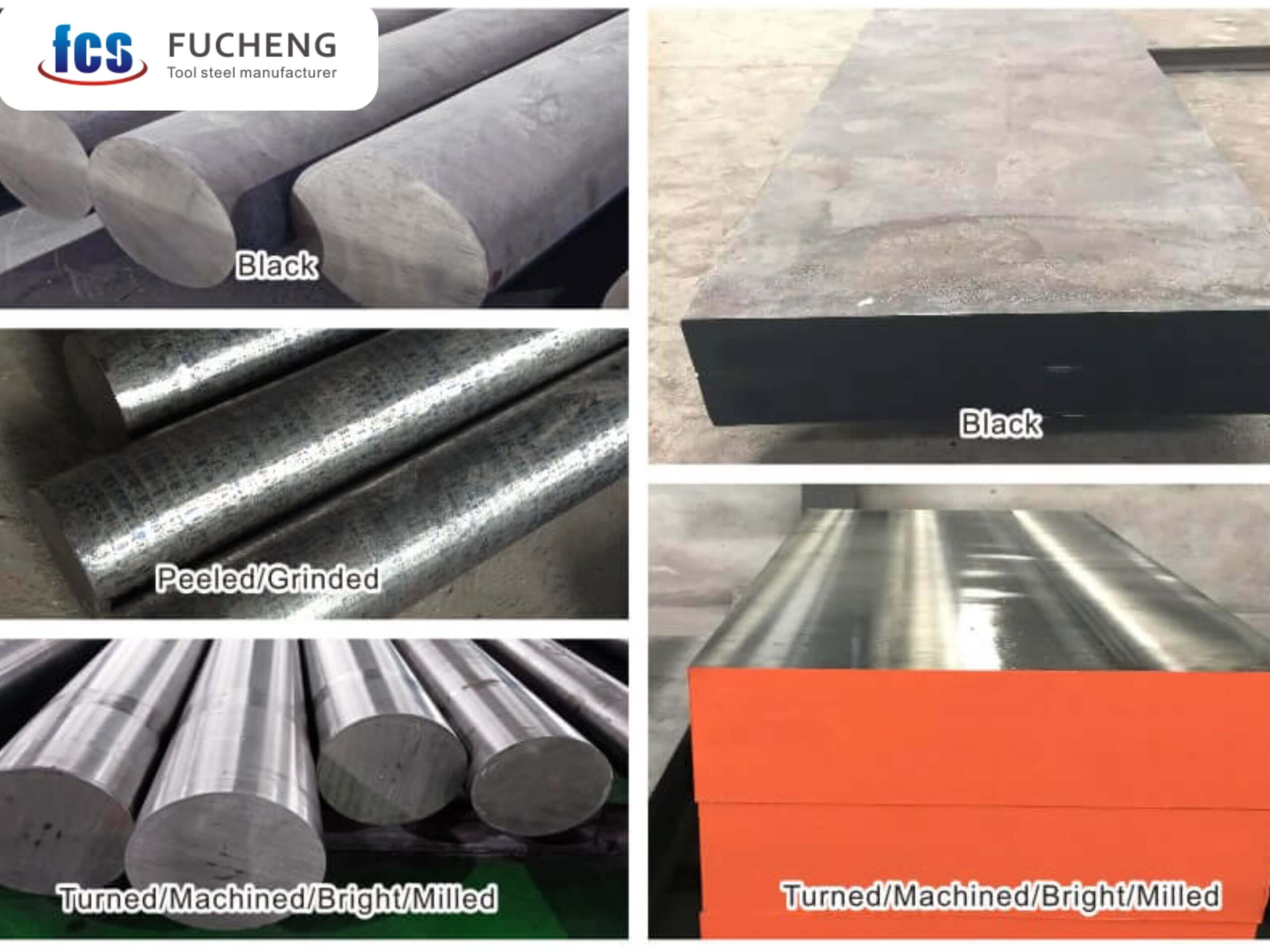
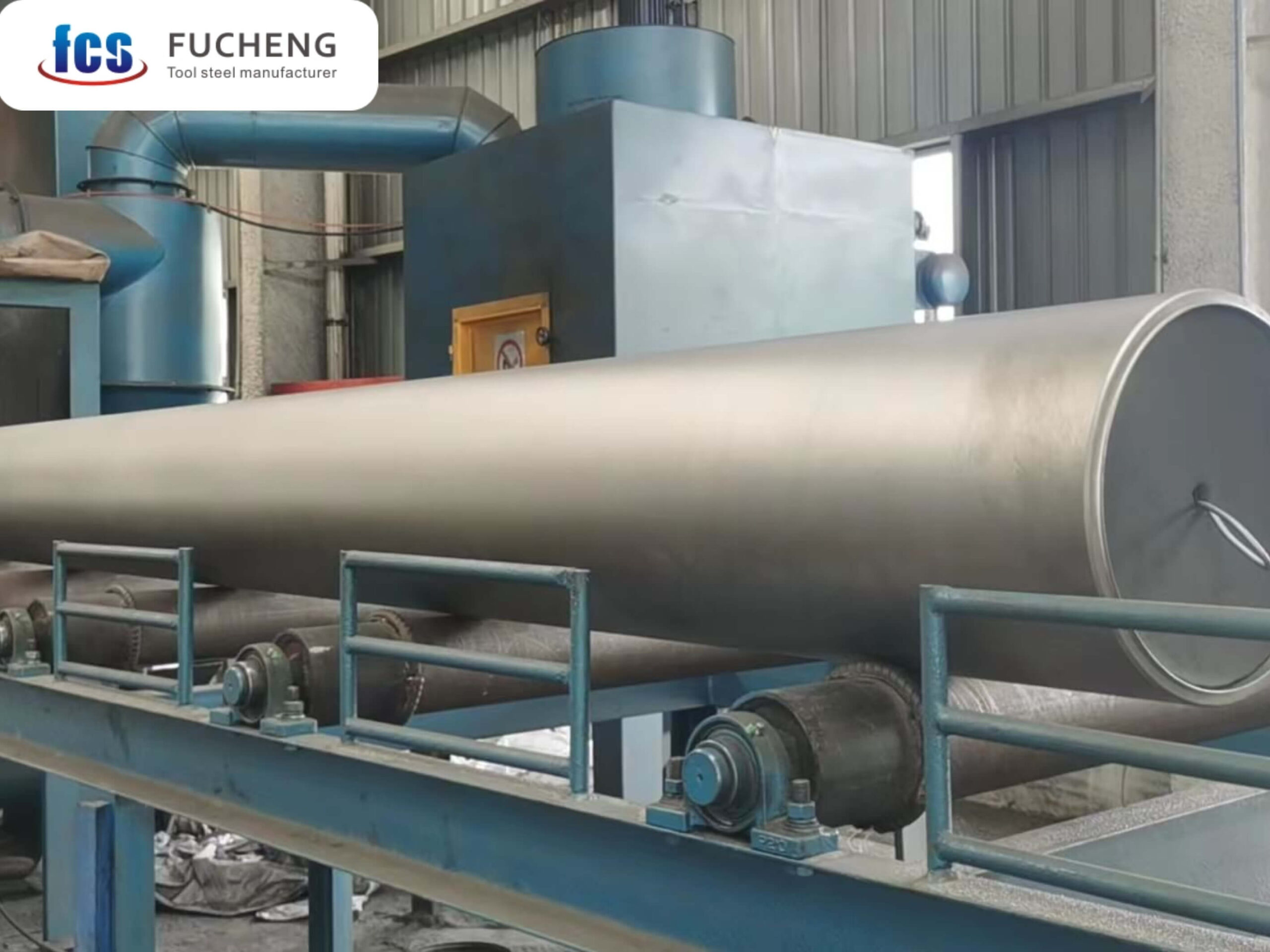
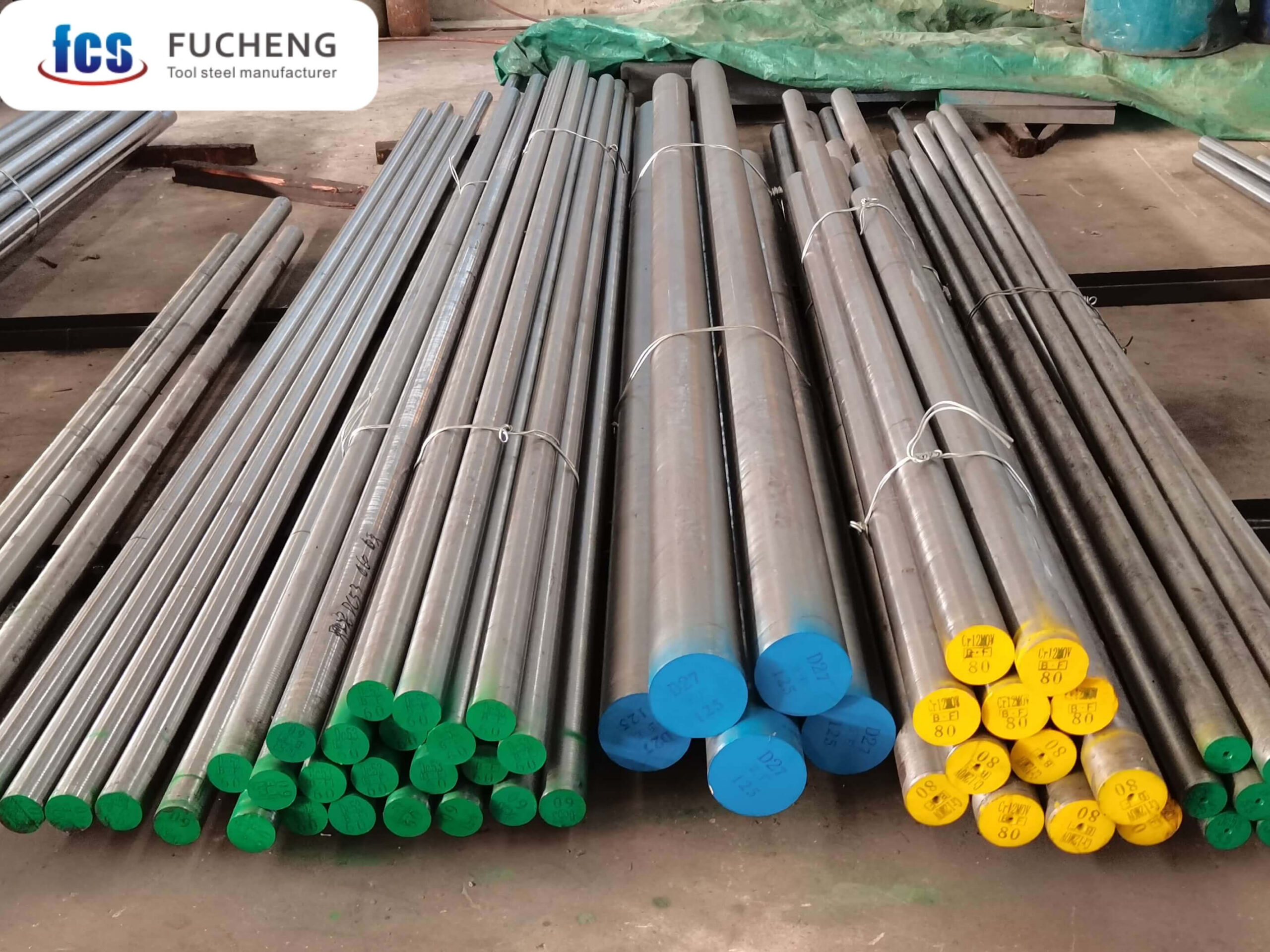
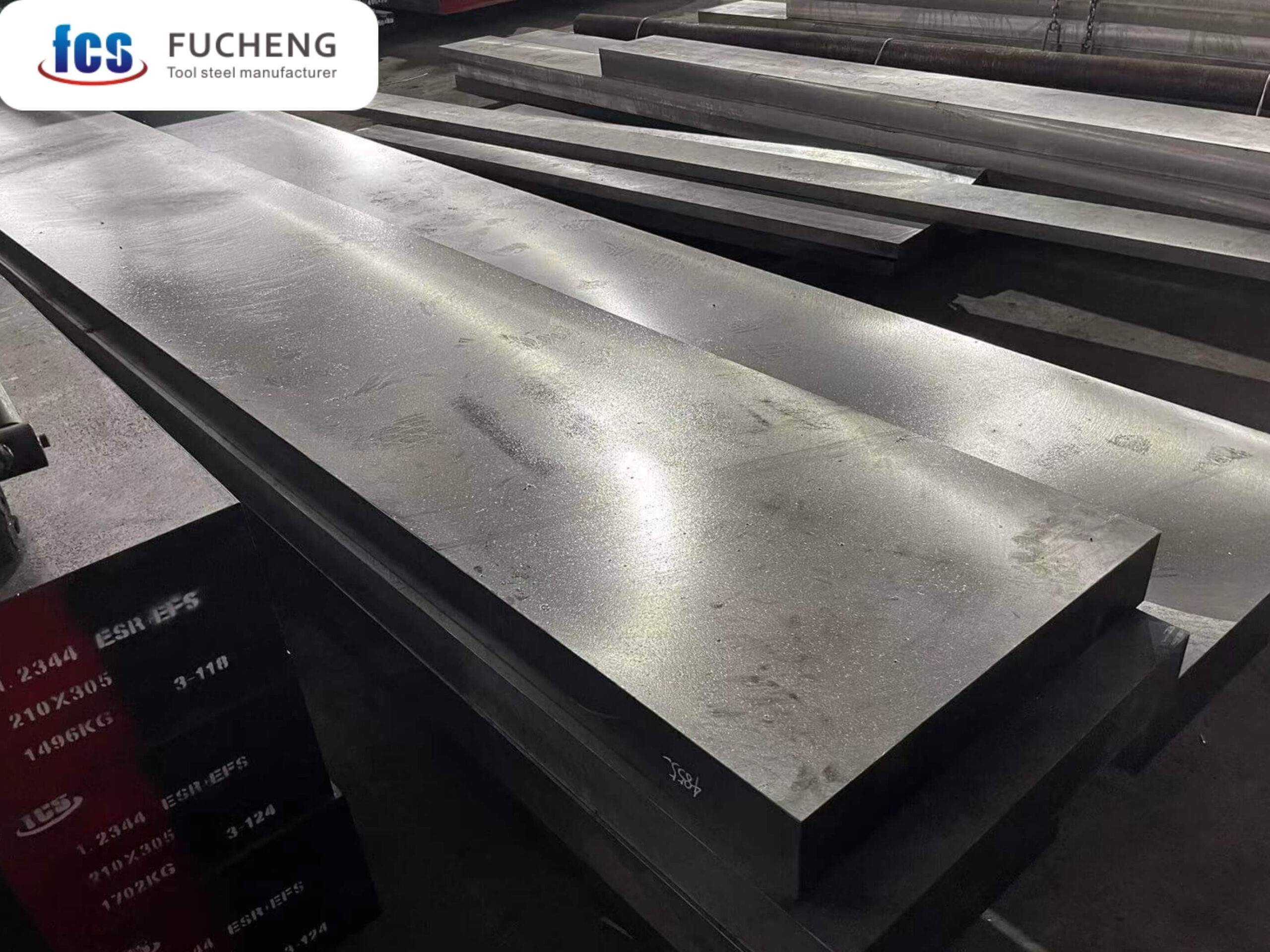
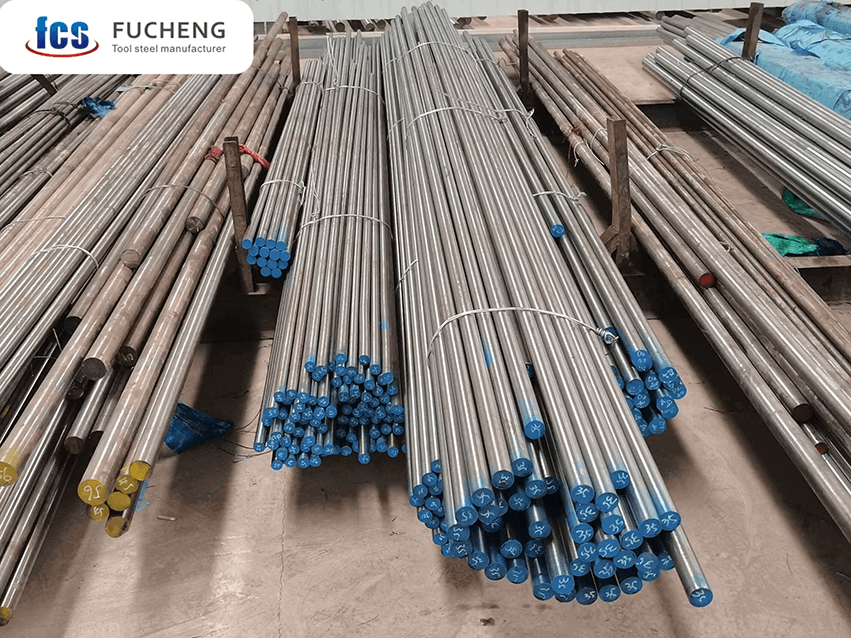
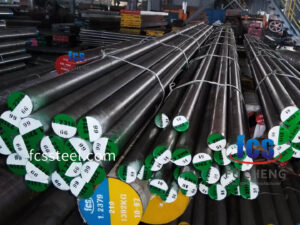
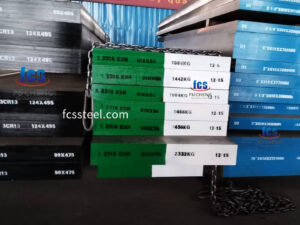
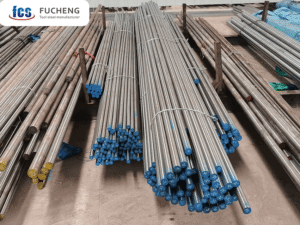
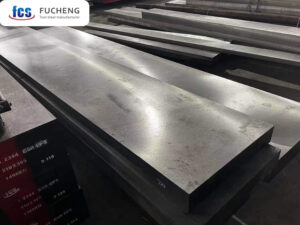
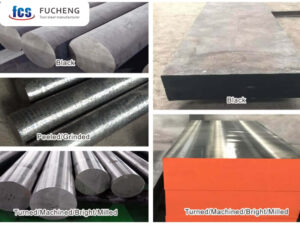
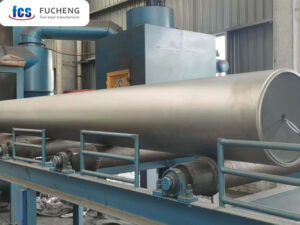
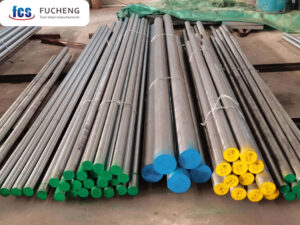
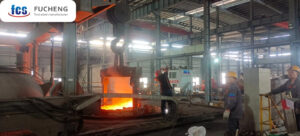
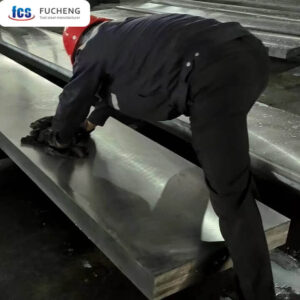
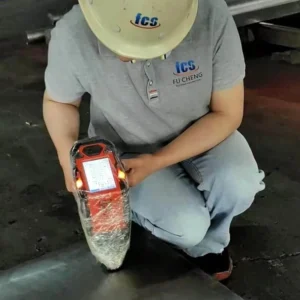

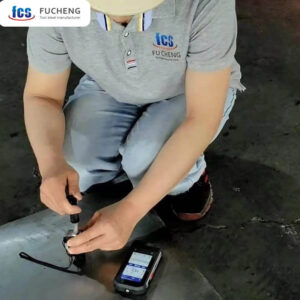
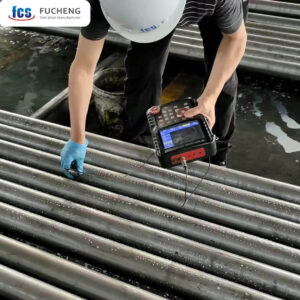
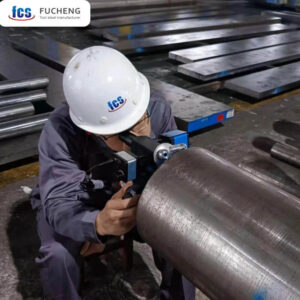
Reviews
There are no reviews yet.